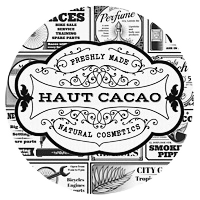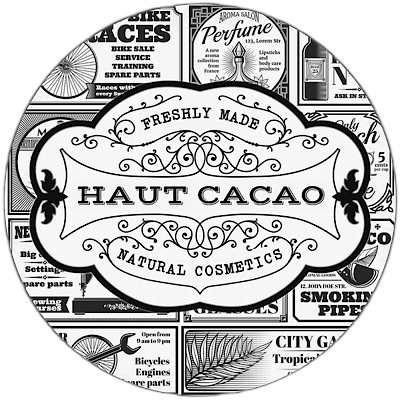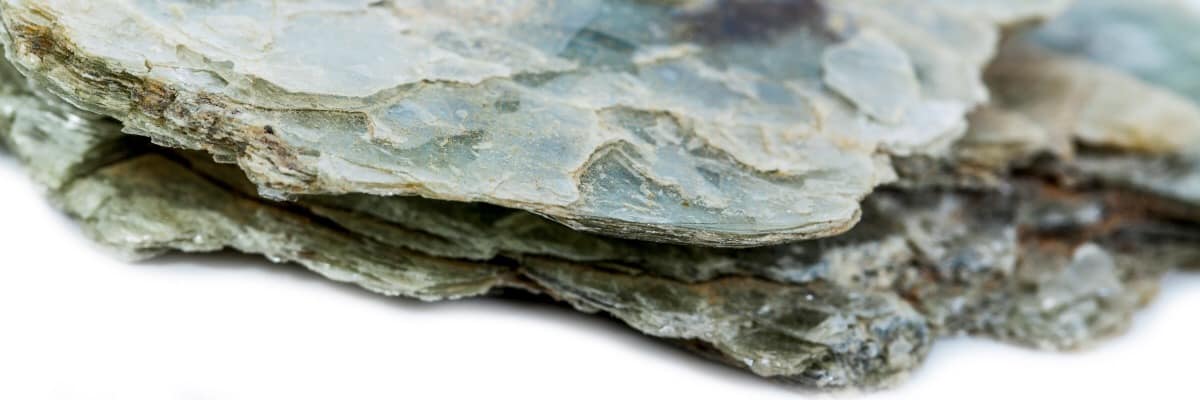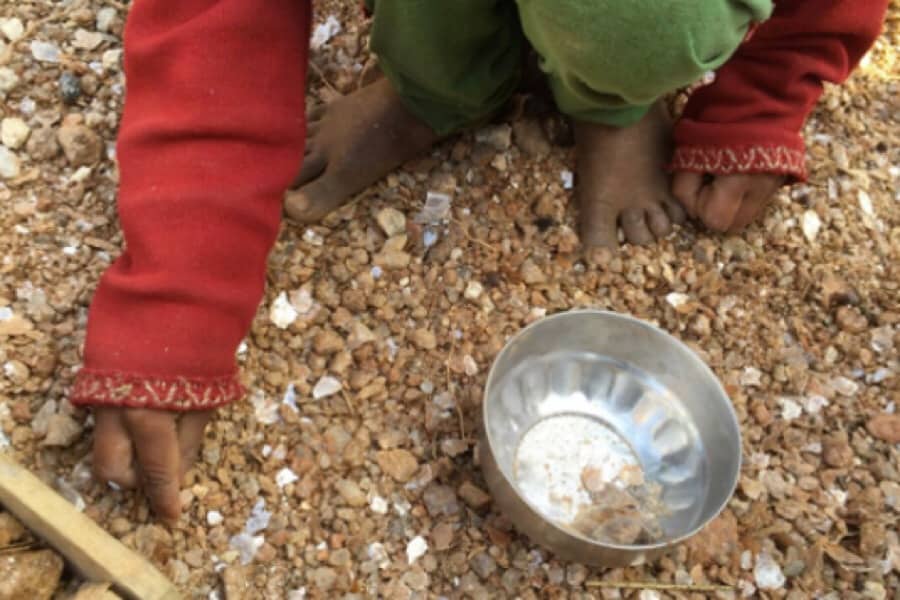Why did I leave the ‘all-natural’, beautiful Mica frosts out of my makeup formulas? I know that over ninety percent of mineral makeup companies use Mica as their base, especially in their eye shadows, blushes, bronzers and lip glosses. It has always irritated my skin and what is worse, made my oily skin type even shinier. Ugh. So over the years I have done my own independent research on this particular ingredient. Pure Mica is a mineral pulled from the earth in sheets or rock form. Once mica is mined, it is transported to a manufacturing facility where it is processed and treated for a number of applications. Mica is almost everywhere, it is used in literally all paints, used in the processing of metals, lots of crafts use and tons of use in the cosmetics industry.
A surprising discovery I found is that Mica in its manufactured pure form is flat, iridescent (has no color) with very sharp edges. It reminds me of what fine broken glass looks like under a microscope. I do believe that it is the flat sharp edges of mica. existent no matter what size of the Mica particle is used, that indeed is what caused my own skin’s irritation as well as the ladies in my life. We all had problems with itching, burning and redness. I have to say, not only did I not miss it when I stopped using it half a decade ago, I noticed the tones of our products have much more dramatic brightness to them. The Mica seemed to really dull them and create a frosty, 80’s look. I also wonder, if the edges of the mica are sharp enough to tear at the skin and cause irritation, what does it do to our insides when ingested via lip gloss?
For mature clients, which I feel is me included, it is clever to go with Mica-free blends as they are ‘matte’ color and do not create a crepey look to the eyes and lips, or accentuate fine lines. I could get away with the texture when I was in my teens but not anymore. Mica and I just do not seem to get along!
From an ethical stand point, Mica is linked to child labour and even worse, children being trapped and dying in India’s Mica mines (www.hindustantimes.com). The Guardian posted an article online in 2014 (www.theguardian.com) that stated how most of the Mica in cosmetics is mined by children in India’s mines. It is dangerous and illegal. And yet, children are forced to work in these mines as soon as they are able to walk. Some experience snake bites and breathing problems. Some do not make it out alive. It is the darker side of the beauty industry we do not see. Sadly, not a lot has changed in the last two years, as it is difficult for consumers to know where the origin of their Mica comes from.
To make matters worse, there are concerns that Mica products are often tested on animals. So PETA has issued a warning about products containing Mica and their potential animal testing policies (CosmeticsDatabase.com).So I encourage you to turn over the packaging if you are having any kind of reaction to your cosmetics. In minimal amounts it may be cosmetically safe but I decided to err on the side of caution and keep this shimmery filler from contributing to child labor, animal cruelty, and possibly damaging skin’s surface.
Another concern is what goes into colouring mica. Read more about that in my post ‘is coloured mica safe for skin?‘
With Care,
Joanne







